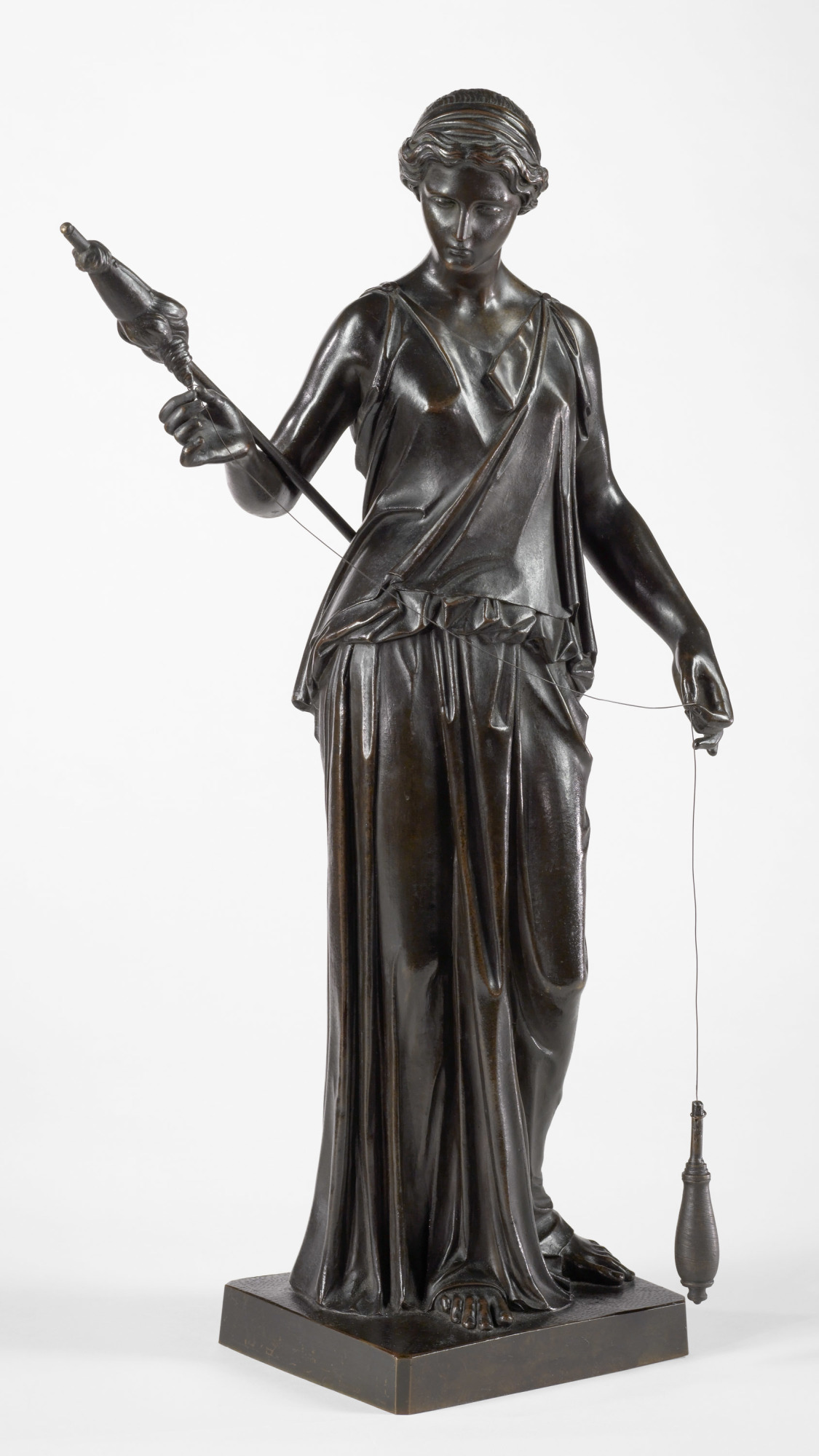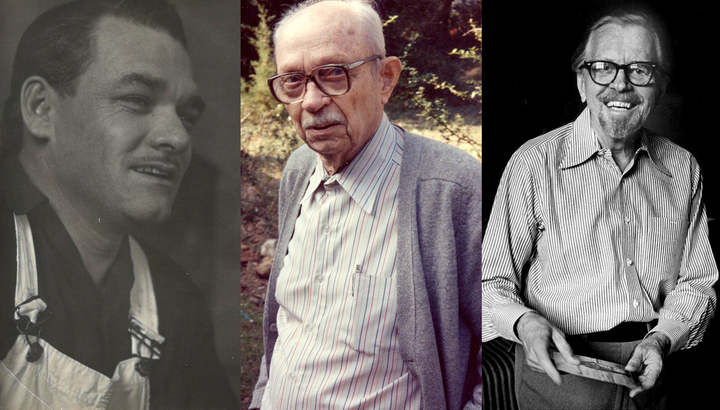The Carter Blog
The threads that bind
Oct 10, 2016
This blog post was originally published in 2016 on the Carter's previous blog.
I have a friend who calls me an alien. She means it as a compliment. It’s a signal that I often don’t approach the subject at hand in a conventional manner. I’m OK with that assessment. After all, who wants to be known for thinking inside the box?
In the curatorial or art historical disciplines, experience often brings a narrowing of interest and increasing specialization. As I grow in the field, my approach to art history echoes the ethos of the Carter—that is, I firmly believe in drawing connections from past to present and present to past, expanding the story art tells. A narrative of American art extends to today; living artists have a lot to learn from their predecessors and our visitors gain a more complete understanding of the art of the past by these juxtapositions.
So, you can imagine my nerdish glee when we had the opportunity to place two works of art in dialogue with each other—communicating across centuries.
Gabriel Dawe’s Plexus no. 34 (2016) graces our Atrium space. Dawe strung thousands of individual strands of sewing thread across the expanse of the large room, forming an intricate network of connective fibers, drawing our notice to the architecture that surrounds us and exciting our visual cortices with a splendid kaleidoscopic display that coalesces and dissolves as we navigate the space. His evanescent phenomenon is light made palpably material, the thinnest of substances tying together architecture, rays of sun, and atmospheric transformations.
On the landing next to Plexus no. 34, you’ll find Henry Kirke Brown’s Filatrice (1850). At first blush, this classicized bronze figure has a solemnity and solidity that seems in contrast to the weightlessness of the Dawe. But, in fact, they are connected in rather poetic fashion, I think. Or at least, to this alien the juxtaposition elicits delight.
"Filatrice" is an Italian word for a spinner of thread. In ancient mythology, three sister goddesses called the Fates were considered the weavers of the thread of life, determining the destiny, longevity, and manner of people’s lives. Brown’s sculpture harkens back to these classical deities. The columnar form of his spinner, clothed in her ancient Greek peplos gown, conveys all the gravity of history. And yet, far from ponderous, connecting her distaff to her spindle, you’ll find the thinnest and lightest of metal threads, enticing in its delicacy.
As fate would have it, here Filatrice stands, a spinner of thread, right beside Gabriel Dawe’s Plexus no. 34, an installation by a living artist whose work is based on the vibrant effects of more than 80 miles of assembled sewing thread. Spinning string is the joint avocation of Filatrice and Dawe; forging connections is the mandate of Dawe and at the center of my curatorial enterprise. I’m glad that I had some part in pulling these strands together.






